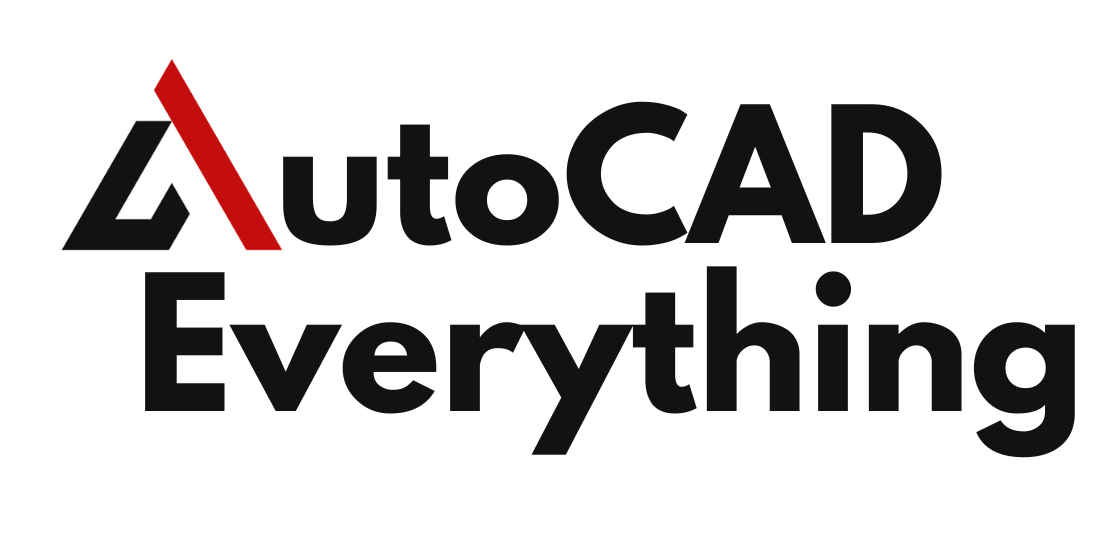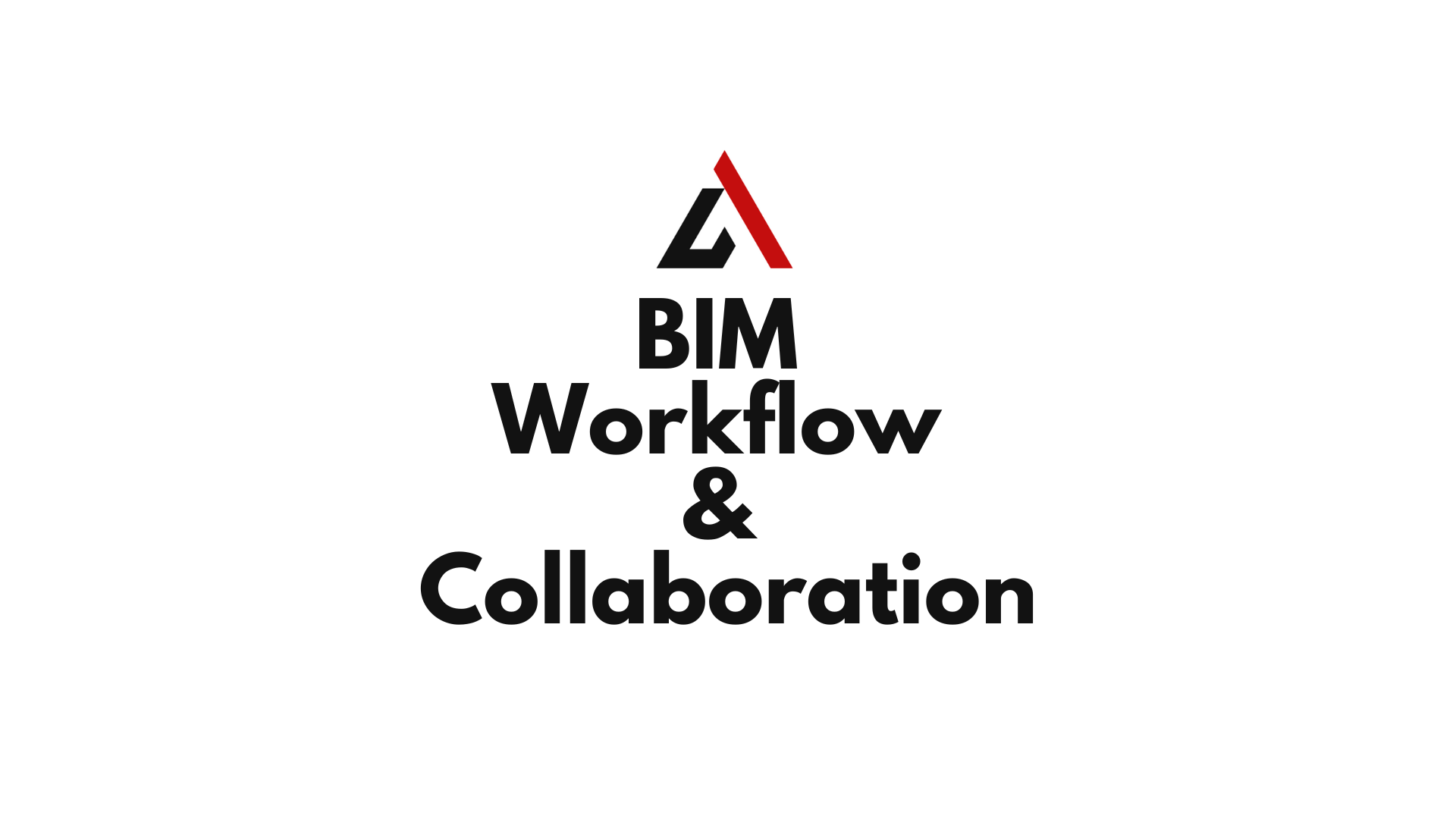Introduction
In the Architecture, Engineering, and Construction (AEC) industry, collaboration is critical to project success. Building Information Modeling (BIM) has revolutionized teamwork by allowing multiple stakeholders to work on a single, data-rich 3D model. However, traditional BIM collaboration faced challenges such as:
- Version control issues (multiple file versions causing confusion).
- Limited access (models stored on local servers, restricting remote work).
- Inefficient communication (designers, engineers, and contractors working in silos).
Cloud-based BIM workflows and collaboration tools solve these problems by providing real-time access, centralized data management, and seamless coordination across teams.
This article explores how cloud-based BIM tools enhance workflows, improve efficiency, and enable real-time collaboration in construction projects.
Table of Contents
What is a BIM Workflow?
A BIM workflow is a structured process that defines how design, engineering, and construction teams create, share, and manage BIM models throughout a project’s lifecycle.

Key Stages in a BIM Workflow
- Conceptual Design – Architects develop preliminary models.
- Detailed Design & Engineering – Engineers integrate structural, mechanical, and electrical systems.
- Clash Detection & Coordination – Teams identify and resolve design conflicts.
- Construction Documentation – Detailed 2D drawings, schedules, and reports are generated.
- Construction & Execution – Contractors use the BIM model to guide construction.
- Facility Management & Operations – The final model is used for maintenance and asset tracking.
👉 Example: An architectural firm uses Autodesk Revit and BIM 360 to collaborate with structural and MEP engineers, ensuring a clash-free, coordinated BIM model.
Why Cloud-Based BIM Collaboration is Essential
Traditional file-based BIM workflows require manual file sharing, leading to:
❌ Multiple file versions causing confusion.
❌ Data loss due to local server issues.
❌ Slow communication between teams in different locations.
Cloud-based BIM tools solve these problems by providing:
✔ Centralized data storage – All stakeholders work on the latest model version.
✔ Real-time collaboration – Teams can edit and review BIM models simultaneously.
✔ Remote access – Enables work-from-anywhere flexibility.
✔ Better coordination – Eliminates clashes and design conflicts early.
Best Cloud-Based BIM Collaboration Tools
| Tool | Best For | Key Features | User Base |
|---|---|---|---|
| Autodesk BIM 360 | Cloud-based model collaboration | Document sharing, issue tracking, clash detection | Architects, Engineers, Contractors |
| Trimble Connect | Multi-disciplinary BIM coordination | Model viewing, data sharing, AR/VR support | Structural & MEP Engineers |
| Graphisoft BIMcloud | Archicad model sharing | Real-time teamwork, version control | Architects |
| Procore BIM | Construction project collaboration | Model coordination, issue resolution | General Contractors |
| Dalux BIM Viewer | On-site BIM access | Mobile-friendly, AR integration | Site Supervisors, Contractors |
👉 Example: A construction manager using BIM 360 Docs can access up-to-date drawings and 3D models on-site, reducing errors and rework.
How Cloud-Based BIM Enhances Collaboration
1. Real-Time Model Sharing & Editing
Cloud-based BIM platforms allow multiple stakeholders to edit, review, and comment on models simultaneously.
✔ No more emailing files back and forth.
✔ Instant updates prevent outdated model versions.
✔ Faster decision-making with real-time feedback.
👉 Example: A structural engineer in London updates a steel beam design in BIM 360, and the architect in New York instantly sees the change.
2. Clash Detection & Issue Tracking
Cloud-based BIM tools automatically detect design conflicts before construction begins, reducing costly rework.
✔ Navisworks integration enables model clash detection.
✔ Automated issue tracking assigns conflicts to responsible team members.
✔ Fewer on-site corrections and project delays.
👉 Example: A contractor using Procore BIM detects a clash between HVAC ducts and steel columns, resolving it before installation.
3. Improved Communication Between Teams
Cloud-based BIM tools integrate with chat, video conferencing, and document sharing, ensuring that teams stay aligned.
✔ Commenting & markup tools allow teams to discuss design changes.
✔ Task assignments & notifications keep projects on schedule.
✔ Seamless communication between designers, contractors, and clients.
👉 Example: An interior designer adds a comment in Trimble Connect, requesting a change in ceiling height, which the structural engineer reviews instantly.
4. Remote Access & Mobile BIM
With mobile-friendly BIM tools, teams can access models from anywhere, improving efficiency for:
✔ Field workers checking design specifications.
✔ Contractors verifying construction details.
✔ Facility managers tracking building assets.
👉 Example: A site supervisor using Dalux BIM Viewer accesses the BIM model on a tablet, confirming wall placements before installation.
5. Integration with Augmented Reality (AR) & Virtual Reality (VR)
Cloud-based BIM platforms integrate with AR & VR tools, allowing teams to visualize buildings before construction begins.
✔ VR walkthroughs for design approvals.
✔ AR overlays for on-site BIM model visualization.
✔ Better client presentations with immersive experiences.
👉 Example: A developer using BIM 360 + Oculus VR gives a client a virtual tour of a new office building before construction starts.
Challenges in BIM Collaboration & Solutions
| Challenge | Solution |
|---|---|
| Resistance to new technology | Provide BIM training sessions for staff. |
| Slow internet connections affecting cloud performance | Use offline BIM features for field access. |
| Software compatibility issues | Ensure models use IFC (Industry Foundation Classes) for interoperability. |
| Data security concerns | Use BIM platforms with encrypted cloud storage. |
Future of Cloud-Based BIM Collaboration
1. AI & Machine Learning for Automated Coordination
✔ AI will detect design errors automatically, suggesting corrections in real-time.
2. Blockchain for Secure BIM Data Management
✔ Blockchain will ensure tamper-proof BIM records, enhancing project transparency.
3. IoT-Connected BIM for Real-Time Monitoring
✔ Sensors in buildings will provide live data to BIM dashboards, improving facility management.
FAQs About BIM Workflows & Collaboration
1. How does cloud-based BIM improve teamwork?
Cloud BIM tools enable real-time collaboration, reduce errors, and improve communication between teams.
2. What is the best BIM collaboration software?
Popular tools include BIM 360, Trimble Connect, Graphisoft BIMcloud, and Procore BIM.
3. Can cloud-based BIM be used on mobile devices?
Yes, tools like Dalux BIM Viewer and BIM 360 Docs provide mobile access to models.
4. How does cloud BIM help with clash detection?
It allows real-time model comparisons, automatically identifying conflicts between design elements.
Conclusion
Cloud-based BIM workflows and collaboration tools have transformed the AEC industry, making design and construction projects more efficient, accurate, and collaborative.
By adopting tools like BIM 360, Trimble Connect, and Procore BIM, teams can eliminate workflow bottlenecks, improve model coordination, and enhance remote collaboration.
For companies looking to optimize BIM workflows, investing in cloud-based collaboration platforms is the key to future-proofing construction projects. 🚀

